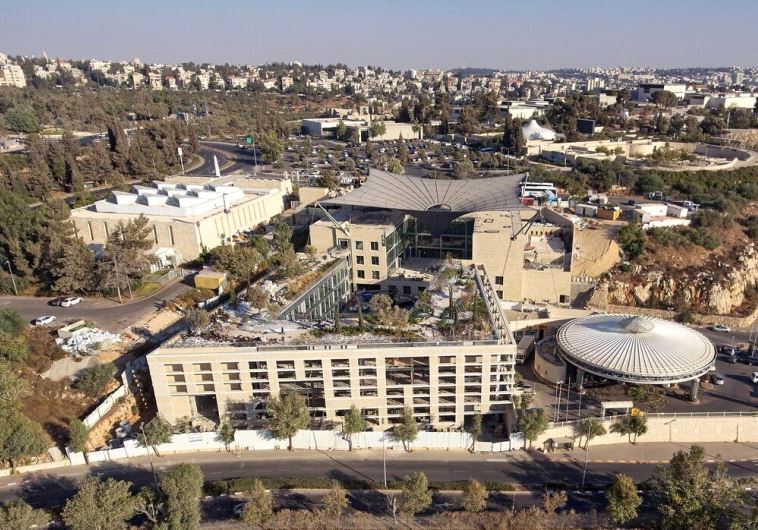Antiquities Authority building National Campus for the Archeology of Israel
An archeological hub for visitors from both Israel and abroad, the campus will also house an educational center for students.
 National Campus for the Archeology of Israel(photo credit: ARDON BAR-HAMA)Updated:
National Campus for the Archeology of Israel(photo credit: ARDON BAR-HAMA)Updated: